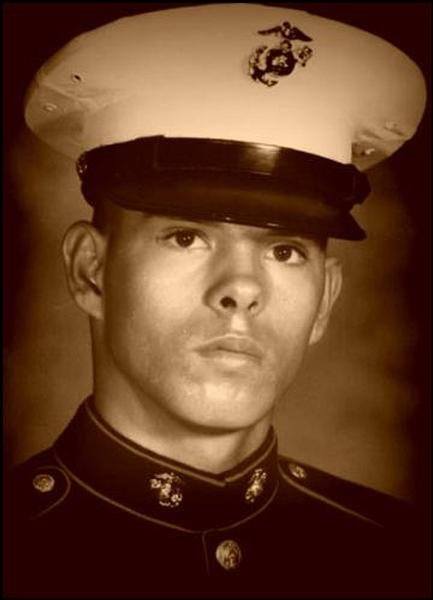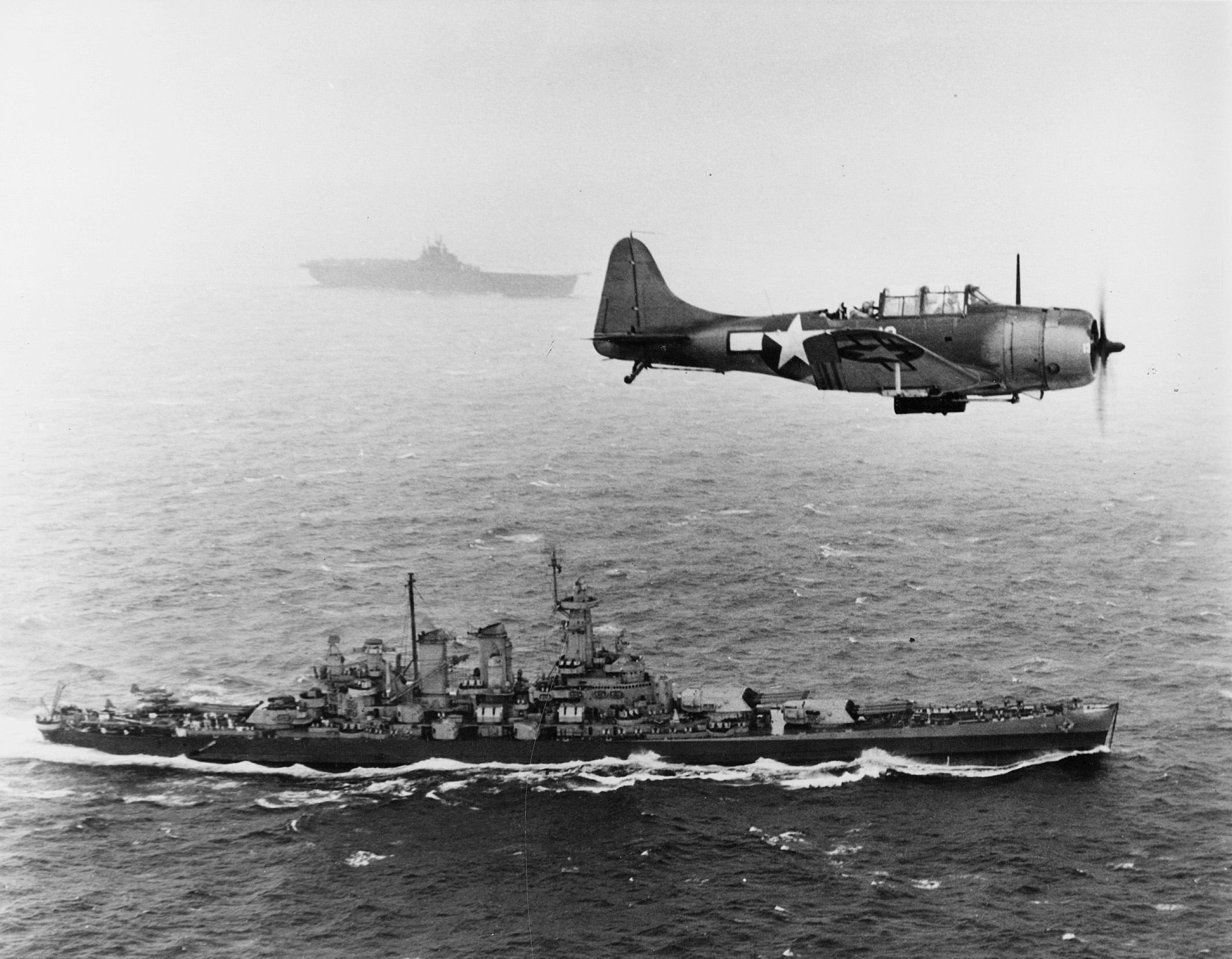November 12 in U.S. military history
1944: On this date, two 90th Infantry Division soldiers earned the Medal of Honor — just miles apart from each other.
“When German tanks and self-propelled guns penetrated his left flank and overwhelming infantry forces threatened to overrun the 1 remaining machinegun in that section,” Tech. Sgt. Forrest E. Everhart, commanding a platoon during a desperate German counterattack near Korling, France, “ran 400 yards through woods churned by artillery and mortar concentrations to strengthen the defense. With the 1 remaining gunner, he directed furious fire into the advancing hordes until they swarmed close to the position. He left the gun, boldly charged the attackers and, after a 15-minute exchange of hand grenades, forced them to withdraw leaving 30 dead behind. He re-crossed the fire-swept terrain to his then threatened right flank, exhorted his men and directed murderous fire from the single machinegun at that position. There, in the light of bursting mortar shells, he again closed with the enemy in a hand grenade duel and, after a fierce 30-minute battle, forced the Germans to withdraw leaving another 20 dead. The gallantry and intrepidity of T/Sgt. Everhart in rallying his men and refusing to fall back in the face of terrible odds were highly instrumental in repelling the fanatical enemy counterattack directed at the American bridgehead across the Moselle River.”
Just a few miles north, near Thionville, Pfc. Foster J. Sayers “fearlessly ran up the steep approach toward his objective and set up his machinegun 20 yards from the enemy. Realizing it would be necessary to attract full attention of the dug-in Germans while his company crossed an open area and flanked the enemy, he picked up his gun, charged through withering machinegun and rifle fire to the very edge of the emplacement, and there killed 12 German soldiers with devastating close-range fire. He took up a position behind a log and engaged the hostile infantry from the flank in an heroic attempt to distract their attention while his comrades attained their objective at the crest of the hill. He was killed by the very heavy concentration of return fire; but his fearless assault enabled his company to sweep the hill with minimum of casualties, killing or capturing every enemy soldier on it.”
1969: 25 years later in the Republic of Vietnam’s Que Son mountains, Pfc. Ralph E. Dias gives his life to destroy an enemy position, posthumously earning the Medal of Honor. “As a member of a reaction force which was pinned down by enemy fire while assisting a platoon in the same circumstance, Pfc. Dias, observing that both units were sustaining casualties, initiated an aggressive assault against an enemy machine gun bunker which was the principal source of hostile fire. Severely wounded by enemy snipers while charging across the open area, he pulled himself to the shelter of a nearby rock. Braving enemy fire for a second time, Pfc. Dias was again wounded. Unable to walk, he crawled 15 meters to the protection of a rock located near his objective and, repeatedly exposing himself to intense hostile fire, unsuccessfully threw several hand grenades at the machine gun emplacement. Still determined to destroy the emplacement, Pfc. Dias again moved into the open and was wounded a third time by sniper fire. As he threw a last grenade which destroyed the enemy position, he was mortally wounded by another enemy round.”

Featured image: An SBD-5 Dauntless aircraft flies over USS Washington and USS Lexington in the Pacific Ocean en route to the Gilbert Islands on this date in 1943.
